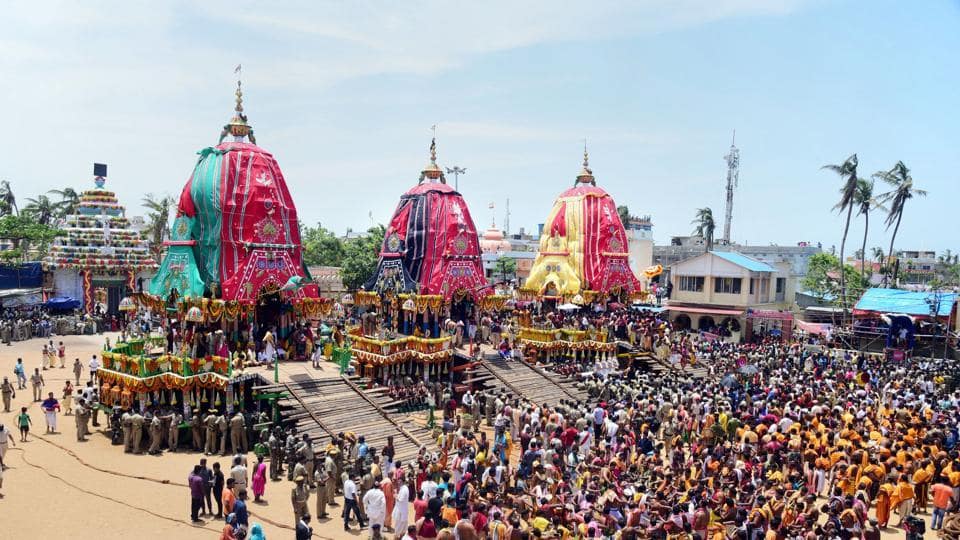



Cheap Odisha Tour Packages, Best Travel Agent in Odisha, Local Travel Agent in Odisha, Travel Hed Of all the regional cultures, Odisha or the ancient Kalinga played a very conspicuous and vital role in the cultural matrix of Indian civilization. Situated on the eastern coast of India, it imbibed the quintessence of cultural traditions of both Northern India and Southern India, yet it succeeded in developing a distinct identity of its own in the realms of creative arts. The cultural heritage of Odisha is one of the oldest, embracing a period of about three thousand years. Odisha has its distinct styles of architecture, sculpture, painting, song, dance and literature. It has some of the world's renowned temples, such as the Lingaraja temple at Bhuhaneswar, Jagannatha temple at Purl and the Sun temple at Konark, which is included in the World Heritage list. Similarly, the Jaina caves of Udayagiri and Khandagiri and the Buddhist viharas and stupas of Lalitagiri, Udayagiri and Ratnagiri are the unique landmarks of Odishan architectural and artistic achievements. Through centuries Odisha has retained its cultural identity within the main stream of pal-Indian culture. Its social customs and mores are expressed in the long list of festivals connected with an agrarian calendar. Its gods are human and whether they reside in big temples such as Jagannath or Lingaraj or small village shrines, they come out to visit their votaries on festival days. Its unusually large numbers of temples the religious attitude of the people who even today never tile of building tiny temples through spontaneous popular effort in every new locality. The Naba Kalebara Festival One of the most grandiloquent events associated with the Lord Jagannath, Naba Kalabera takes place when one lunar month of Ashadha is followed by another lunar month of Aashadha. This can take place in 8, 12 or even 18 years. Literally meaning the 'New Body', the festival is witnessed by as many 800,000 people and the budget for this event exceeds $500,000. The event involves installation of new images in the Jagnnath temple and burial of the old ones in the temple premises at Koili Baikuntha. Elaborate rituals, numerous myths and several celestial incidents are attached to this auspicious affair which fans religious fervour across Odisha. The exact procedure of the transformation of images has been mentioned in the Sanskrit manuscripts written on palm leaves which are kept in the temple. Only the three head priests of the temple have the sole responsibility of reading and interpreting them. As the images of Lord Jagannath must he made of wood, the priests must first locate an appropriate tree.




